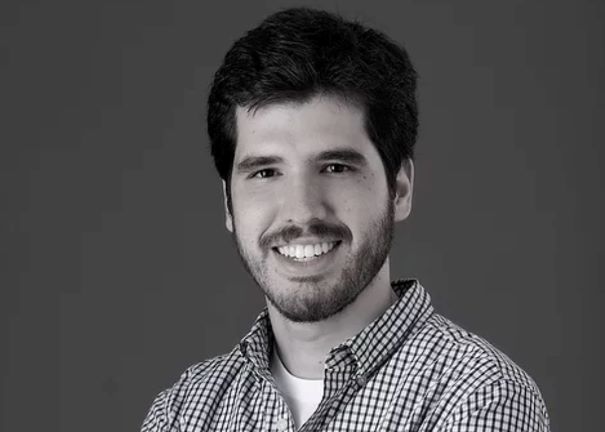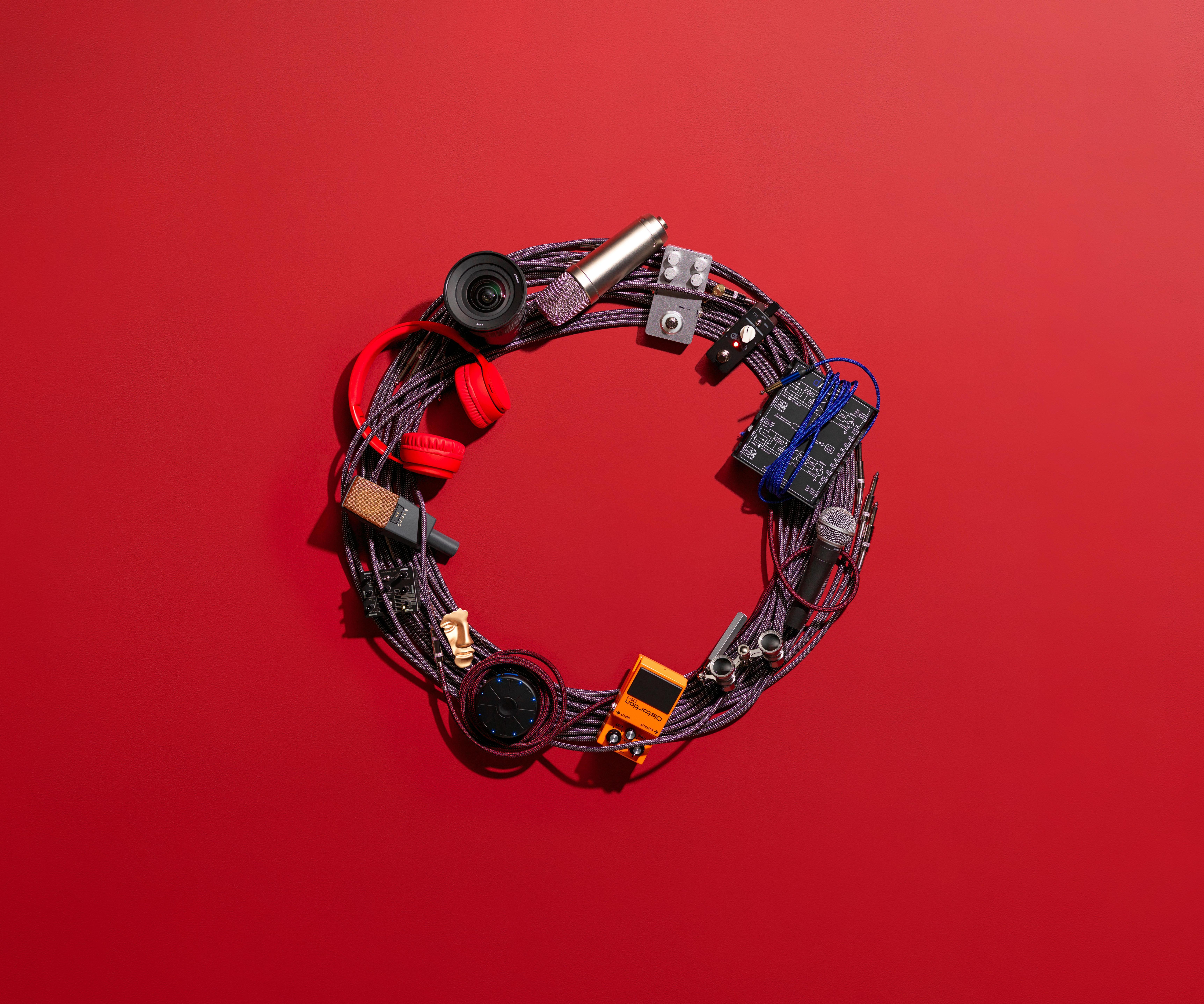The camera as witness – can body-worn cameras reduce violence?
Around the world, trust in the police has plummeted. How can we hold those who have sworn to protect us accountable? Research conducted by Dr Pedro CL Souza has shown that the use of body worn cameras plays a significant role in de-escalating violent encounters between citizens and the police.
Body-worn cameras (BWC) are used extensively by police forces around the world. Previous research studies into the effectiveness of BWCs were conducted almost exclusively in the UK and USA, while Souza’s study is the first to focus on a low-income area of the Global South.
With a robust research methodology, the team was able to test their results across different metrics. They observed that the use of BWCs led to a reduction in the use of force, better quality reporting (including higher reports of domestic violence), and a reduction in arrests, charges of contempt or disobedience. These effects were more marked in locations where there was a higher baseline use of force.
How was the research conducted?
Brazil is one of the most violent countries in the world. In the state of Santa Catarina, where the research was conducted, the homicide rate is three times higher than the US and 12 times higher than the UK.
The team conducted the research with the Igarape Institute and the Santa Catarina State Military Police (PMSC), the main police body responsible for patrolling, responding to emergencies and manning the 911 hotline. The study was undertaken across five police precincts which represented a variety of socio-demographic characteristics and levels of violence.
The researchers randomly selected a third of officers across all ranks to be in the treatment group. The other two-thirds of officers served as the control. In total 150 officers were assigned to wear BWCs. There were 295 control group officers.
The officers were stratified by precinct, officer activity, rank and gender. It was also noted if the officer had previously been subject to internal investigations.
Those in the active treatment group always wore a camera unless the day of their shift was identified as a “blackout day”, when they did not wear a BWC. Thus the research was randomised in two ways: some officers never wore a camera, and some treatment officers wore one on some shifts but not others.
The vast majority of dispatches involved more than one officer. As one in three officers wore a camera, and any event in which a single officer was wearing one was considered in the research, approximately half of police calls were covered in the study.
The team had enthusiastic backing from police leadership. They helped to instil precautions to make sure that cameras could not be tampered with, that dispatchers did not know which officers had a BWC and which did not, and that officers were not informed ahead of time about blackout days.

What did the study reveal?
BWCs are only triggered when officers interact with citizens, so approximately 24 per cent of calls were recorded. The research showed that the police reports from the recorded interactions were significantly more accurate.
BWCs reduce the negative interaction index significantly. There was a marked decrease in the use of handcuffs and arrests. But most notably, there was a substantial drop in the use of force – a reduction of around 60 per cent.
If, in the past, officers were under-reporting their use-of-force, wearing a BWC may be an incentive for them to report truthfully.
How risky are the situations in which officers operate?
Before officers are dispatched to a call, it is rated by risk. An event is classed as high risk if there are individuals with life threatening injuries; the suspect is still on site; the suspect is armed or there is a risk of broader disturbance to peace. An event is considered low risk if none of these factors are in play.
In low-risk situations, the negative interactions index is reduced by 51 per cent when one or more officers wears a BWC. In high-risk events which have already escalated before officers arrive, the presence of a camera may not affect the situation so dramatically. This suggests that presence of a BWC may help to stop situations escalating.
The use of camera also altered the type of crimes which were reported and led to a rise in the reporting of domestic violence. Before the use of BWCs, incidents of domestic violence were sometimes not reported, or were recorded as a different type of crime.
Overall, our results show that body-worn cameras robustly de-escalate citizen-police interactions.— Dr Pedro Souza
How do cameras affect officer behaviour?
Because of the random allocation of BWCs, the researchers were able to study whether the effects were different in a variety of locations and whether who carries the camera matters.
In areas where police tend to use a higher level of force more frequently, the positive interventions of the BWCs were more marked. This suggests that the use of this technology may be most effective in places where police-citizen interactions are tense and strained.
The researchers also discovered that there were stronger de-escalation effects and increased compliance with the standard operating procedures if the officer wearing the camera was relatively junior. This seemed to suggest that low-rank officers might feel empowered to monitor their superior officers.
All in all, officers might meet a higher standard of conduct because they are being recorded. Indeed, concern for career progression and reputation may play a large part in which officers’ actions are affected by BWCs.
What happens next?
The research has led to a national conversation about the use of BWCs in Brazil. As a result of Souza’s work, Santa Catarina police forces have adopted the use of BWCs enthusiastically. The state of São Paulo now uses BWCs in every interaction between police and citizens. Other states in Brazil are also considering adopting the technology.
With robust research showing that this technology can reduce violent altercations between police and citizens, it may be a positive step in building and improving trust in police forces.

